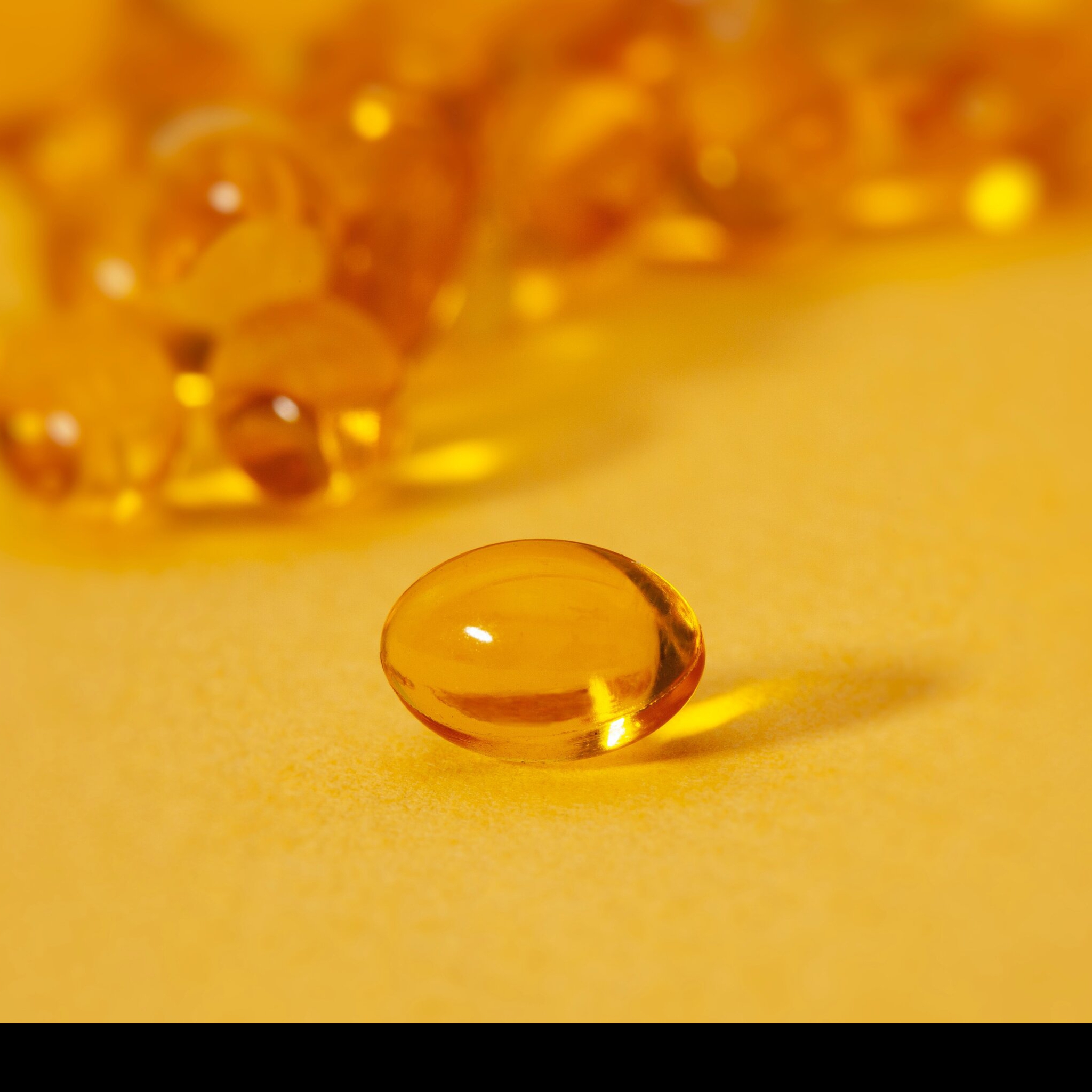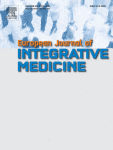Amazoniac
Member
This was sent to an entity in private, might interest some of you:
- Skeletal Muscle and the Maintenance of Vitamin D Status (follow-up by the same people)
"In preliminary studies, 2 sheep grazing on pasture throughout the year had 25(OH)D concentrations in blood in the range 25–30 nmol/L [1 nmol ≈ 0.4 ng] at the end of winter, compared with the typical concentration in sheep in summer of about 50 nmol/L (4). However, in contrast to the low concentration of 0.1–0.2 μg 25(OH)D/100 g wet weight of muscle in summer, analysis of biopsies of skeletal muscle of these sheep in winter revealed that the concentration of 25(OH)D was 30 to 70 times greater at 6.8–7 μg/100 g. When these sheep were each given an oral dose of 1.25 mg 25(OH)D (at day 0), the plasma concentration predictably rose to values, 5 d later, of ∼150 nmol/L. Surprisingly, however, this elevation of vitamin D status resulted in a gradual fall in the concentration of 25(OH)D in muscle biopsies, so that after 40 d the 25(OH)D concentrations in both muscle and plasma had declined to the usual levels found in summer. It seems, therefore, that when vitamin D status improves, the ability of muscle cells to accumulate large quantities of 25(OH)D is lost (Figure 4) (4, 39)."
- Skeletal Muscle and the Maintenance of Vitamin D Status (follow-up by the same people)




